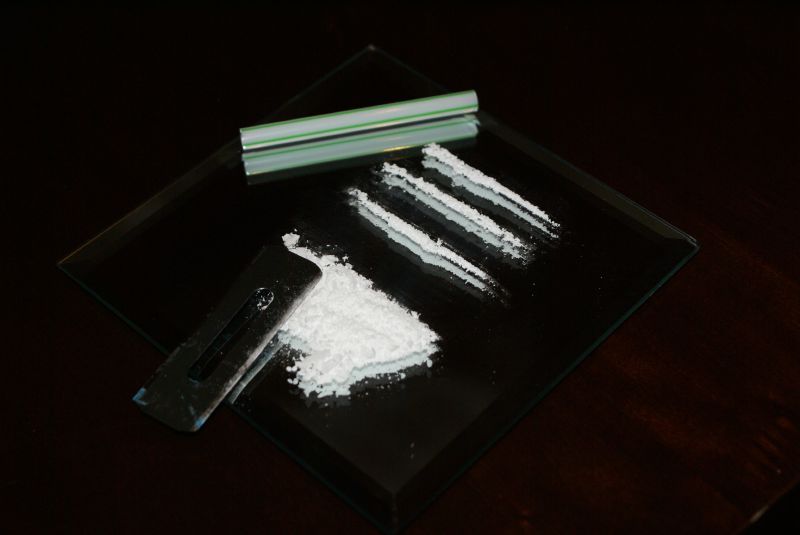In social media and entertainment, cocaine is depicted as a crippling substance often associated with gangs, cartels, and reality shows related to drug interventions. However, cocaine has been around for a while and its initial form and purpose is quite different from the drug that we currently see and know it as.
Cocaine is a bitter tasting, active ingredient derived from the coca plant that works to soothe pain. The indigenous people of South America originally chewed on these coca leaves to obtain the stamina needed for physical work done at high altitudes, and to feel a sense of well-being. The popular use of cocaine gradually increased in the 1880s-90s. It was incorporated into beverages, used as an anesthetic for surgeries, and introduced in many health tonics taken by individuals of all ages.
Cocaine is a highly addictive substance.
Image Source: David Troncoso
It wasn’t until the 20th century that people started to realize the negative effects of cocaine. In fact, it was only in 1903 that Coco-Cola stopped adding small amounts of cocaine for flavoring in their beverages. Physiologically, cocaine elevates the levels of dopamine – a neurotransmitter related to pleasure – and amplifies the pleasure signal sent to receiving neurons. Long-term use of cocaine can cause changes in the reward centers and other portions of the brain, resulting in the addiction we now associate with the drug.
Unlike some types of addictions that can be treated with medication, there is no drug that can target the addictive nature of cocaine. Through the years, researchers have been exploring the world of immunotherapy and have come up with different vaccines that could potentially combat this deadly addiction.
A couple of years ago, a study on the effectiveness of a new anti-cocaine vaccine was tested on Rhesus macaques, a species of monkey. The vaccine was designed to induce the formation of anti-cocaine antibodies that would trap the cocaine in the blood. This would prevent the drug from crossing over into the central nervous system and instigating changes leading to addiction. There were 5 monkeys in total: 1 monkey was unvaccinated as a control while the other 4 were vaccinated. Researchers then measured the cocaine occupancy of the dopamine transporter (a membrane protein that releases dopamine). Monkeys that were vaccinated had lower cocaine occupancy than the unvaccinated monkeys, demonstrating the effectiveness of the vaccine in inhibiting the effects of cocaine.
Researchers have begun developing anti-cocaine vaccines.
Source: Paper Boat Creative
A recent study, published at the end of 2014, presented a vaccine that targets the immune system similar to the one mentioned earlier. A unique feature of this new vaccine is that it encompasses flagellin. Flagellin is a protein found in bacteria that activates an innate immune response through binding of a receptor. The vaccine was created through the recombination of a flagellin protein with an anti-cocaine, antibody-eliciting molecule. The vaccine was tested on mice and demonstrated that the stimulation of anti-cocaine antibodies is dependent on the dosage of this recombination vaccine.
These studies have proven the potential to curb cocaine addiction via vaccines. This may foreshadow the future of cocaine addiction treatment as involving not only the psychological and physical intervention but also a molecular basis to fight off the substance abuse.
Feature Image Source: Valerie Everett










